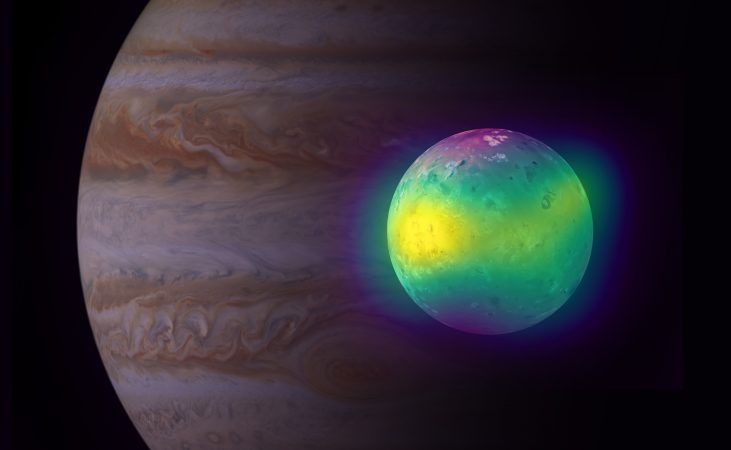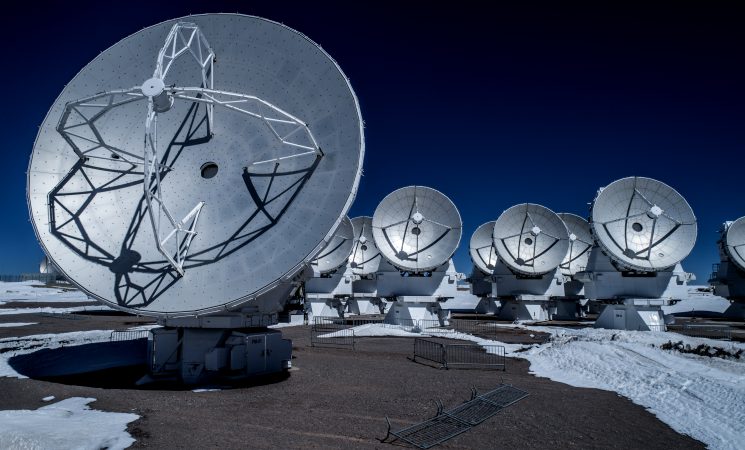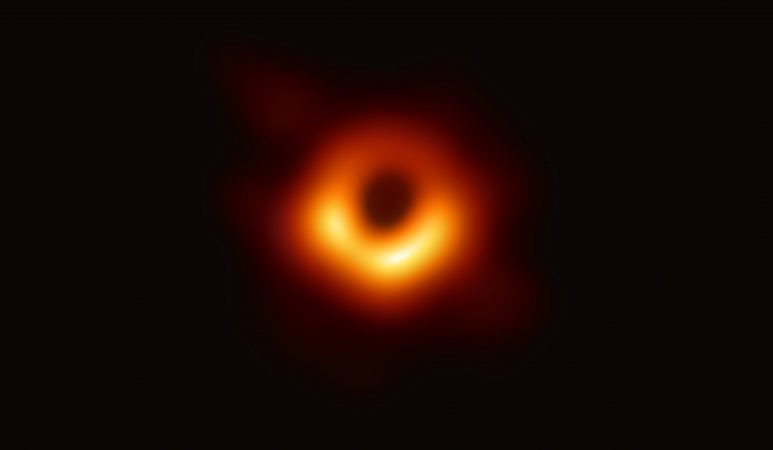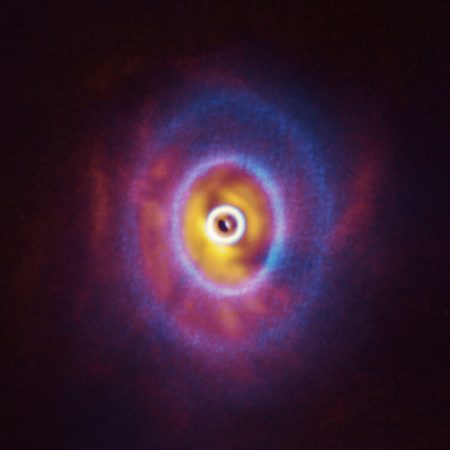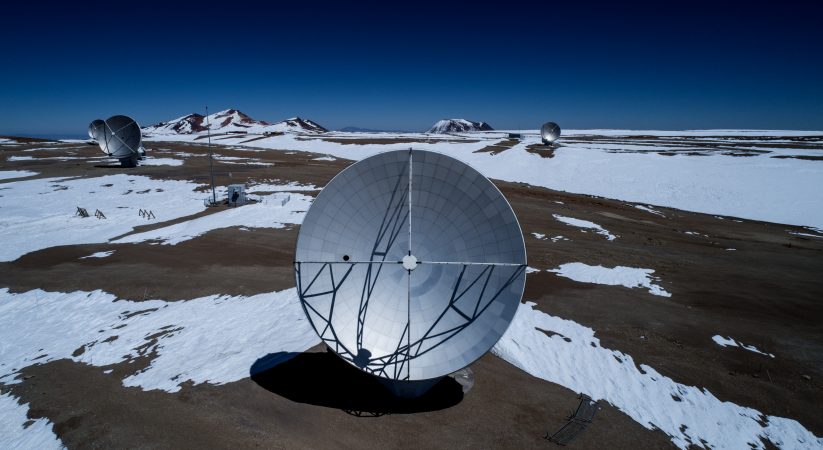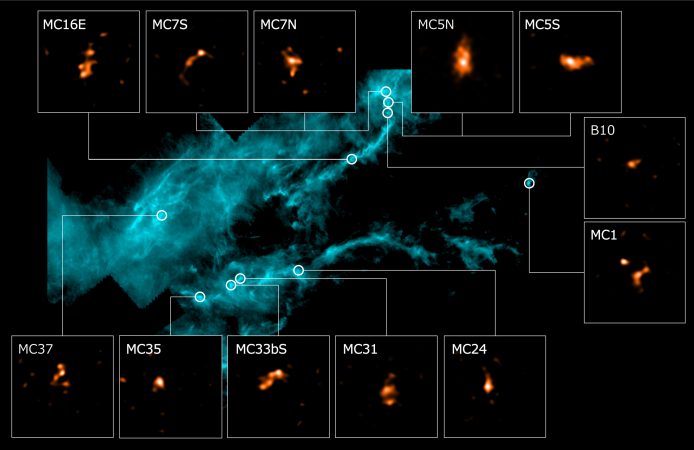Comet McNaught, passing over the perihelion, brightened up and went away to the direction invisible from the northern hemisphere; it came out again in the southern sky visible from Chile. The picture shows Comet McNaught captured by the constellation camera RobertaEat the ALMA Operations Support Facility (OSF) at 0:19, January 20, Universal Time (9:19 Japanese Standard Time). As the comet is still close to the sun, its nucleus is hidden under the southwestern sky in the twilight, but you can see its long tail extending a few tens of degree. (Image credit: Kaoru Kimura)





